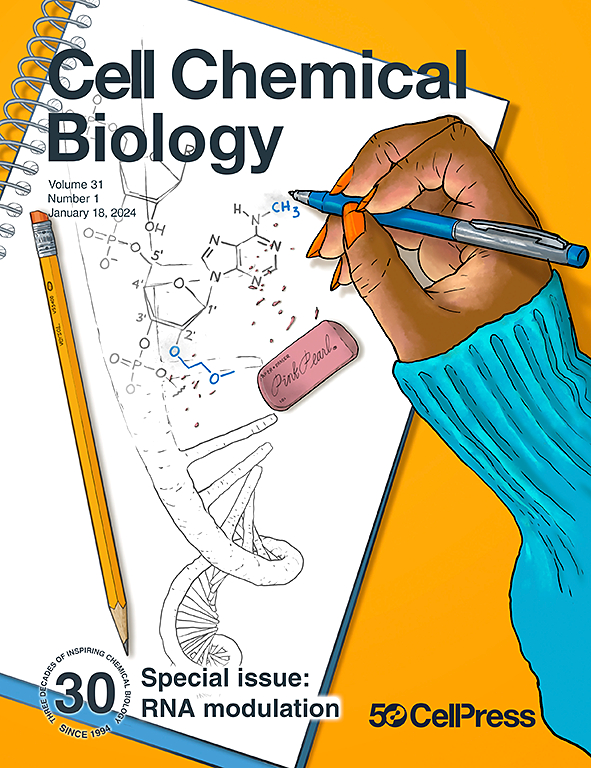Understanding, inhibiting, and engineering membrane transporters with high-throughput mutational screens
IF 6.6
1区 生物学
Q1 BIOCHEMISTRY & MOLECULAR BIOLOGY
引用次数: 0
Abstract
Promiscuous membrane transporters play vital roles across domains of life, mediating the uptake and efflux of structurally and chemically diverse substrates. Although many transporter structures have been solved, the fundamental rules of polyspecific transport remain inscrutable. In recent years, high-throughput genetic screens have solidified as powerful tools for comprehensive, unbiased measurements of variant function and hypothesis generation, but have had infrequent application and limited impact in the transporter field. In this primer, we describe the principles of high-throughput screening methods available for studying polyspecific transporters and comment on the necessity and potential of high-throughput methods for deciphering these transporters in particular. We present several screening approaches which could provide a fundamental understanding of the molecular basis of function and promiscuity in transporters. We further posit how this knowledge can be leveraged to design inhibitors that combat multidrug resistance and engineer transporters as needed tools for synthetic biology and biotechnology applications.
了解,抑制和工程膜转运与高通量突变筛选
混杂的膜转运蛋白在生命的各个领域发挥着至关重要的作用,介导结构和化学上不同底物的摄取和流出。虽然许多转运体结构已经解决,多特异性转运的基本规则仍然是不可思议的。近年来,高通量遗传筛选已成为全面、无偏测量变异功能和假设生成的强大工具,但在转运体领域的应用很少,影响有限。在这篇引物中,我们描述了用于研究多特异性转运蛋白的高通量筛选方法的原理,并特别评论了高通量方法用于破译这些转运蛋白的必要性和潜力。我们提出了几种筛选方法,这些方法可以提供对转运蛋白功能和混杂性的分子基础的基本理解。我们进一步设想如何利用这些知识来设计对抗多药耐药的抑制剂,并设计转运蛋白作为合成生物学和生物技术应用所需的工具。
本文章由计算机程序翻译,如有差异,请以英文原文为准。
求助全文
约1分钟内获得全文
求助全文
来源期刊

Cell Chemical Biology
Biochemistry, Genetics and Molecular Biology-Molecular Medicine
CiteScore
14.70
自引率
2.30%
发文量
143
期刊介绍:
Cell Chemical Biology, a Cell Press journal established in 1994 as Chemistry & Biology, focuses on publishing crucial advances in chemical biology research with broad appeal to our diverse community, spanning basic scientists to clinicians. Pioneering investigations at the chemistry-biology interface, the journal fosters collaboration between these disciplines. We encourage submissions providing significant conceptual advancements of broad interest across chemical, biological, clinical, and related fields. Particularly sought are articles utilizing chemical tools to perturb, visualize, and measure biological systems, offering unique insights into molecular mechanisms, disease biology, and therapeutics.
 求助内容:
求助内容: 应助结果提醒方式:
应助结果提醒方式:


